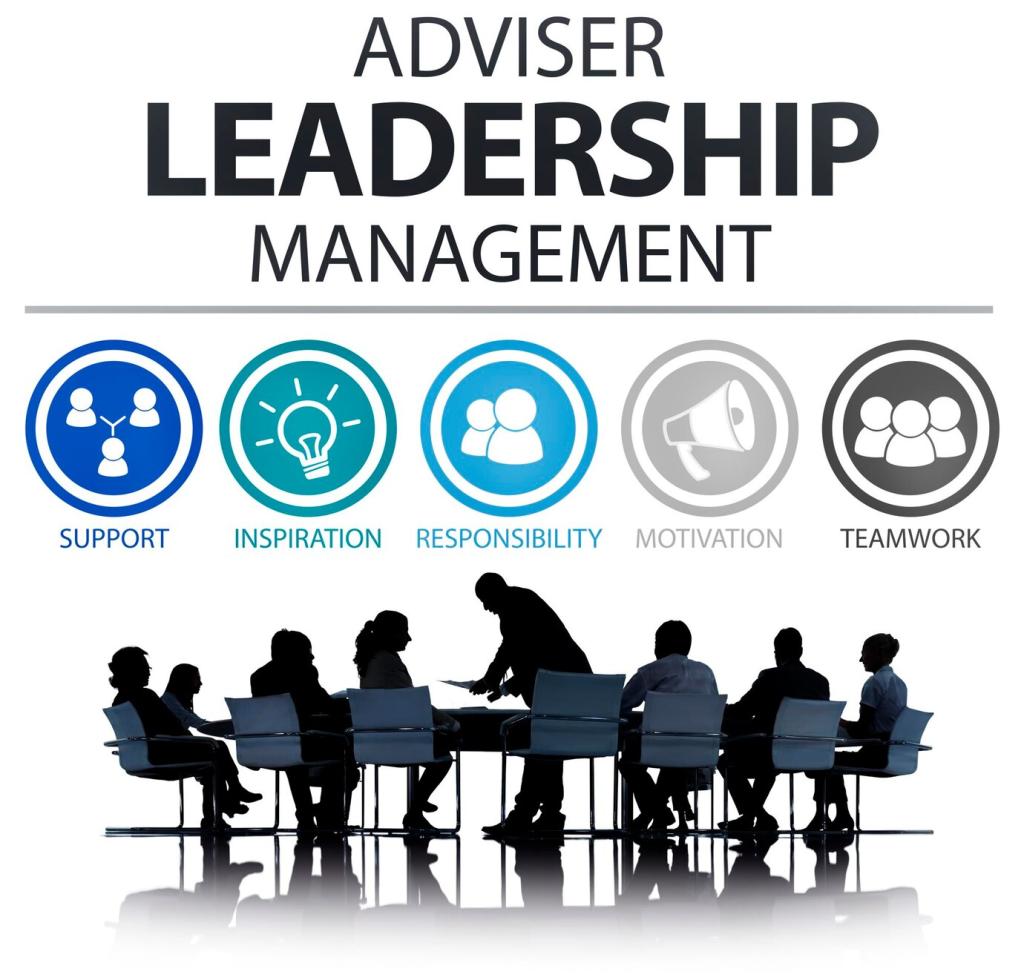
The Role of a Leader in Facilititating Team-Building
Welcome to our deep dive into the Role of a Leader in Facilitating Team-Building. Here you’ll find practical wisdom, real stories, and engaging prompts to help you foster cohesion, trust, and momentum. Share your experiences, ask questions, and subscribe for ongoing leadership resources tailored to building stronger teams.



Communication That Connects: The Leader’s Role
Active Listening That Surfaces Hidden Signals
Great leaders listen for what is said and unsaid. They paraphrase, ask follow-ups, and notice energy shifts. Ben, a remote engineering lead, began weekly office hours and uncovered blockers no tool revealed. What listening habit has most improved your team-building efforts?
Clarity, Cadence, and Context Overload
Teams need the right information at the right time, not constant noise. Leaders define where decisions live, how updates flow, and when to pause. Consider a monthly narrative brief instead of scattered pings. Subscribe for our template that reduces channel chaos compassionately.
Feedback Loops That Invite Growth
Constructive feedback strengthens bonds when leaders frame it around shared goals and observable behaviors. One manager replaced generic notes with behavior-impact-next steps, and tensions eased quickly. Comment with your favorite feedback prompt, and we will compile a crowd-sourced guide to candid kindness.
Designing Collaborative Experiences That Matter
Purposeful Activities, Not Random Icebreakers
Activities should connect to real goals—problem-solving, empathy, or creativity. A data team co-created a “customer journey map” together and later sped up prioritization dramatically. What outcomes are you targeting with your next session? Post them and we’ll suggest activity matches.
Cross-Functional Pairing and Role Shadowing
Leaders who pair designers with engineers, or marketers with analysts, reduce stereotypes and handoff friction. Shadowing reveals constraints and sparks respect. Try a two-hour swap week. Share your pairing wins, and follow for a guide to structured role exchanges that actually stick.
Remote-Friendly Formats That Build Real Connection
Distributed teams thrive with intentional structure—small breakout rooms, visual collaboration boards, and clear timeboxes. A global nonprofit used rotating facilitators to amplify quieter voices. Tell us your favorite remote technique, and we’ll feature top strategies in our next virtual facilitation roundup.
Empowerment and Autonomy: Turning Ownership into Glue

Delegation fails without purpose and scope. Leaders define decision rights, success criteria, and escalation paths. When a product lead introduced RACI charts and DRI roles, meetings shrank and momentum increased. What decision guardrails help your team move confidently without constant approvals?

Normalize Healthy Debate with Clear Boundaries
Teams need permission to disagree respectfully. Define what good debate looks like, capture decisions, and review outcomes. One leader introduced “disagree and commit” language alongside retro check-ins, and resentment faded. What boundary phrase keeps your debates vigorous and kind?

Mediation Techniques That Restore Momentum
When conflict stalls work, leaders reframe issues around shared interests, not positions. Use joint fact-finding and time-boxed solution rounds. I watched two architects reconcile priorities after mapping non-negotiables visually. Share your toughest conflict story, and we will crowdsource solutions together.

Consistent Follow-Through Builds Credibility
Trust compounds when leaders do exactly what they say. Close the loop on action items, publish decisions, and check outcomes. A quarterly promises review kept one team aligned. Subscribe for our simple commitments tracker to strengthen reliability across projects.
Measuring and Sustaining Team Cohesion
Beyond velocity and OKRs, measure psychological safety, cross-team help, and meeting effectiveness. A survey plus a help-request tracker revealed hidden silos for one organization. What early signals warn you when team-building needs attention? Post your indicators and learn from peers.
Measuring and Sustaining Team Cohesion
Retros work when leaders protect time, invite honesty, and ensure follow-up owners. Try alternating appreciative and problem-solving formats. Ben’s team used a “start, stop, continue” board that reduced recurring issues. Subscribe for facilitation scripts that transform reflection into repeatable improvement.
